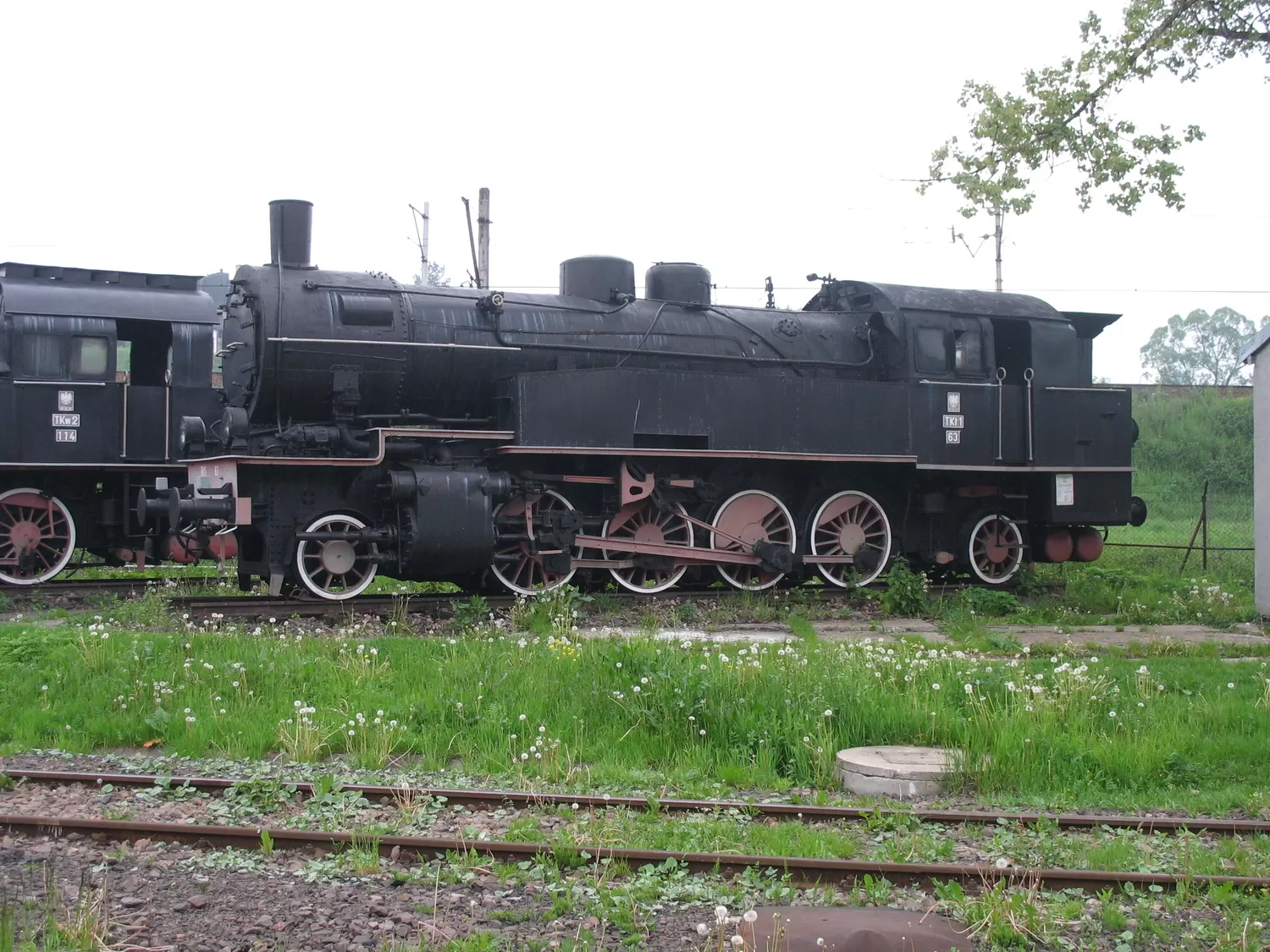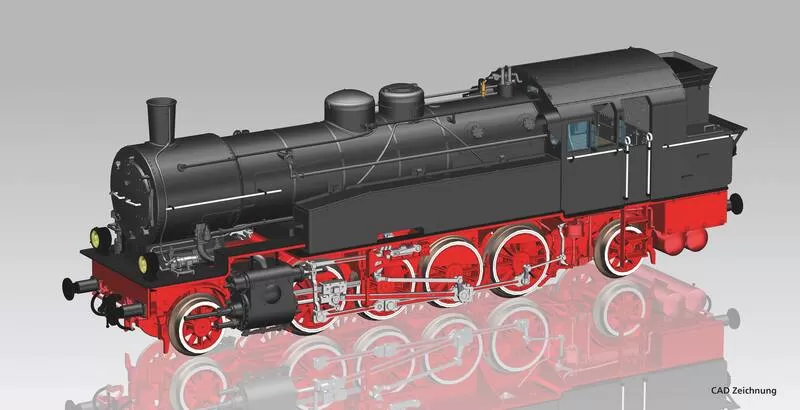
Source: commons.wikimedia.org
Also known as:
Vehicle type:
Registration country:
Railway companies:
1918
Poland receives 26x units and are registered as TKt1-1 to TKt1-22* and TKt1-1Dz to TKt1-4Dz.
Initially most are based around Poznań and Gdańsk and used in local freight and suburban traffic, as well as for switching. In early 1930s, however, many are transferred to southern Poland. They prove useful on some mountain lines, but are too weak for the main Kraków-Zakopane line (gradients up to 24‰), where they are later supplanted by more powerful OKz32.
*according to official records, one T141 (ex Halle 8509, Union 2509/1919) is also erroneously incorporated into this class as TKt1-23.
Sources: http://www.locomotives.com.pl/Freight%20Tank%20Locomotives/TKt1.htm
World War II
14x units are evacuated to Lwów, to fall into Soviet hands and 4x are taken over by Lithuanian authorities and impressed into LG (Lietuvos Gelezinkeliali) service as 501 - 504, to be taken over by the Soviets a few months later. After the assault on the USSR in 1941, 3x TKt1 steam locomotives are captured by the Germans and impressed into DRG service. Thus, 15x TKt1s remained in the Soviet Union and not a single engine ever returned*.
*T14 steam locomotives taken as war booty by the Soviet Union (including T141 steam locomotives, later DRG Class 935-12), converted to 1524 mm track, are classified as Class Tъ. In all, Soviet class Tъ counted 124x units. used mainly for switching with many going to the industry. It is not clear whether this Soviet class included also ex-PKP steam locomotives.
Sources: http://www.locomotives.com.pl/Freight%20Tank%20Locomotives/TKt1.htm
1945
*after the war, Class 93 locomotives are scattered between many countries: Belgium, France, Luxembourg (designated as Class 43 by the CFL), Czechoslovakia and Austria; Deutsche Bundesbahn in West Germany had over 138x units of this type by 1950 (the last 2x are withdrawn in September 1960) and in East Germany, DR had over 160x former T14 steam locomotives, which survived in service until 1972.
Sources: http://www.locomotives.com.pl/Freight%20Tank%20Locomotives/TKt1.htm
1953
In the meantime, old engine are found very useful in industrial service. Between 1953 and 1970, as many as 49x units are transferred to various industrial plants: collieries, foundries, cement plants, power stations and many others.
1970s
Last example in the PKP service, TKt1-63 (Hohenzollern 3496/1916, KPEV Berlin 8589, DRG 93 108) is written off in January 1972 and, after over twenty years of oblivion, managed to find its way to the Chabówka railway stock heritage park, where it can today be seen on static display as the sole remaining machine of this type in Poland.
With industrial operators, several examples remained in service for a few more years:
- TKt1-29 (Union 2272/1916, KPEV Bromberg 8502, DRG 93 176), converted to oil firing, is withdrawn in March 1981;
- TKt1-51 (Union 2351/1917, KPEV Magdeburg 8509, DRG 93 265) is finally withdrawn after almost 64 years in service, in May 1981.
Both these record-breakers were, unfortunately, scrapped.
Sources: http://www.locomotives.com.pl/Freight%20Tank%20Locomotives/TKt1.htm
Do you have additional informations regarding this vehicle?
Help us writing the history of TKt 1! Your knowledge is precious for us and the entire community, do not hesitate to share your facts, photos or videos:
Latest update on the 1st of January 2022 at 12:58
Contributor(s): Tudor C.
Discussion forum



